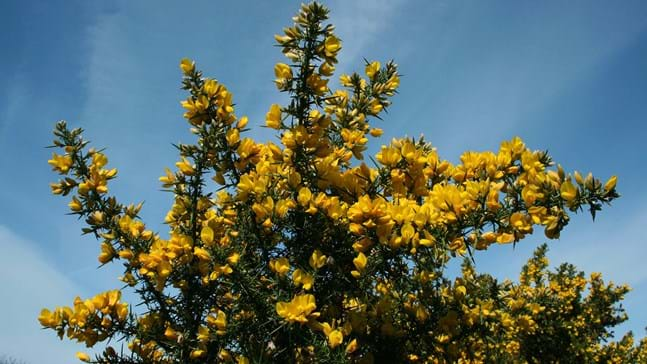
Credit: Sabena Jane Blackbird / Alamy Stock Photo
Where to find common gorse
Common gorse is widespread across the UK in a variety of habitats, including woodland, under-grazed grassland, heaths and coastal habitats.
Look out for its flowers from January to June, although its peak flowering time is April and May.








